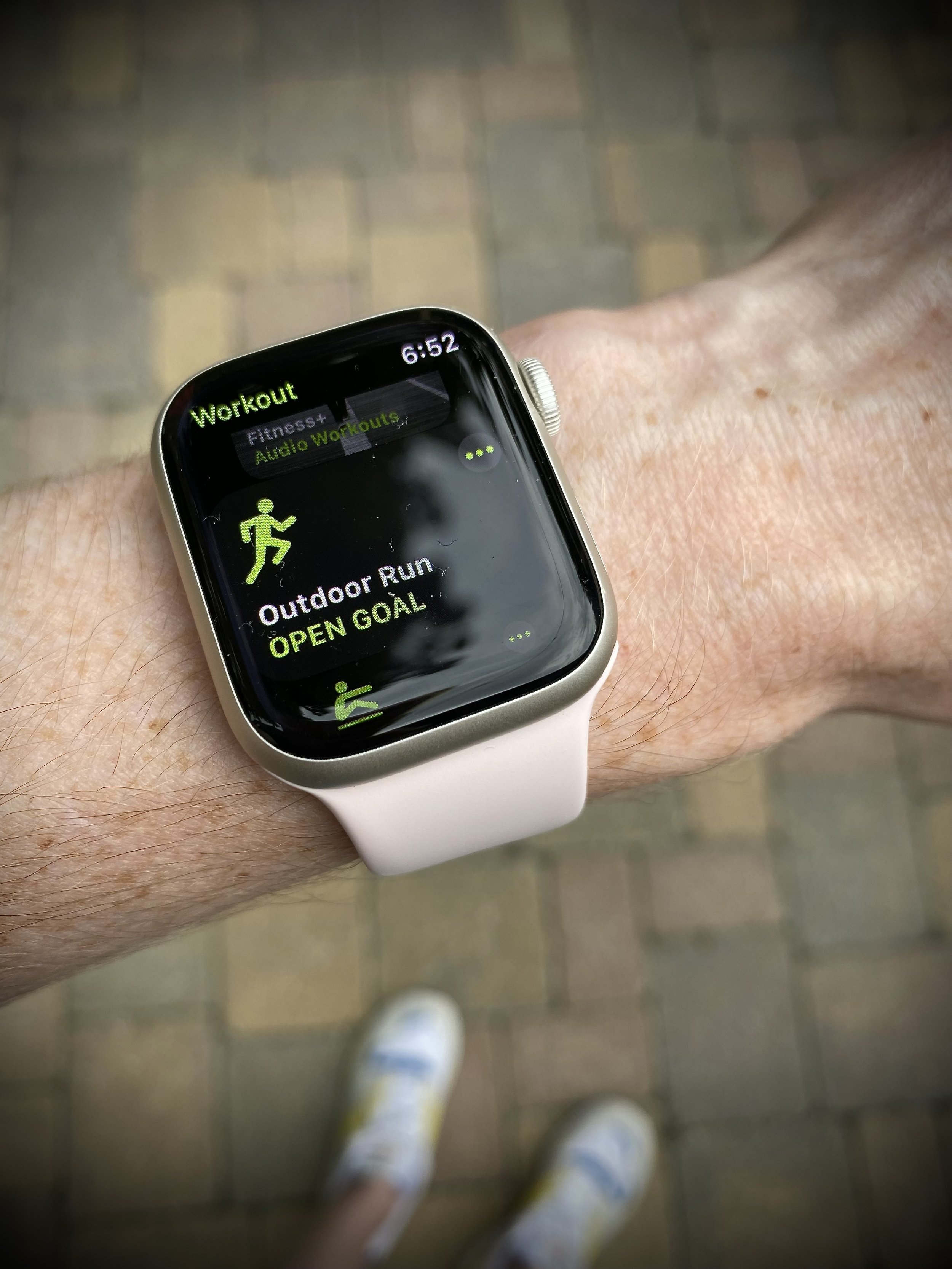Apple Watch: New Running Features
Apple has just come out with a number of new features for running on the Apple Watch.
In their presentation, (watch it here) Apple announced “3 new running form metrics to track how efficiently you run.” They are the following:
Vertical oscillation (How much you move up and down while running.)
Stride length
Ground contact time
Apple also announced the following new workout app features for running:
HR zones to “get a sense of your intensity level at any point during your workout.”
Custom workouts
Alerts: for HR zones and custom workouts
Power metric
Custom workout views
What is Useful, and What Isn’t
Apple says that “no matter your level, you can use metrics to better understand your performance.” This is true to an extent, but understanding your performance is not the same as improving your performance. For example, it may be interesting to see how your ground contact time decreases the faster you run, but seeing the data will not help you actually become a better runner. Here are my thoughts on which of the new features are useful training tools to help us become better runners.
Vertical Oscillation: Not Useful. If vertical oscillation is too high, some may say it is inefficient for running. But this is such a small, nit-picky metric of running and trying to change it will demand more energy than is supposedly wasted with a lot of vertical oscillation. Do not try to change your vertical oscillation. It will not help you run faster or better.
Stride Length: Not Useful. Stride length is variable based on our individual bodies and biomechanics. There is no “good" or “bad” stride length. Stride length should increase (in everyone, without exceptions) as running pace gets faster.
Ground Contact Time: Not Useful. Ground contact time is variable based on the individual. Ground contact time will decrease (in everyone, without exception) as running pace gets faster.
Heart Rate Zones: Useful. Not all runners use HR zones to guide their training but for those that do, this is a valuable feature as long as your target zones are accurate for you as an individual. Read Target Heart Rate for more info. That being said, a watch is not necessary to “get a sense of your intensity level at any point during your workout” because we can simply pay attention to how we feel and our perceived effort. That’s the greatest training tool!
Custom Workouts: Useful. I love this feature on my Garmin and it’s great that Apple Watch will have this too. Once the new update is out I will write a tutorial on how to use it. In the meantime check out my tutorial on Custom Workouts with Garmin.
Alerts: Useful. Saves us from constantly checking our watch for elapsed time or HR reading throughout the run. Alerts allow us to focus more on executing the workout and maintaining the goal effort level or pace. Great feature.
Power Metric: Not Useful… except for a select few runners. Most runners don’t train guided by power (the majority use pace or HR) but this feature makes Apple Watch a new option for runners who want to train guided by power. Personally, I am intrigued by this metric. I have never trained by power, but I’d like to see the data from how my power output changes throughout a hilly run. This kind of data is not going to help me become a better runner, but I find it interesting.
Custom Workout Views: Useful. This feature allows you to choose what metrics show on your watch screen. I’ll have a tutorial coming on choosing workouts views coming soon. Sign up for the monthly newsletter to make sure you don’t miss any of the new blog posts!
Nicole Sifuentes is a full-time Running Coach for adults of all ages and abilities. She is a former professional runner and 2-time Olympian, and Certified Strength and Conditioning Specialist. Read more about her services, and schedule your free coaching consultation.

